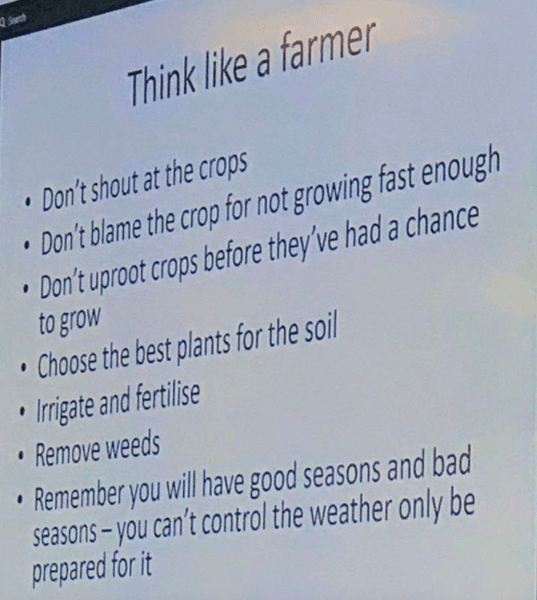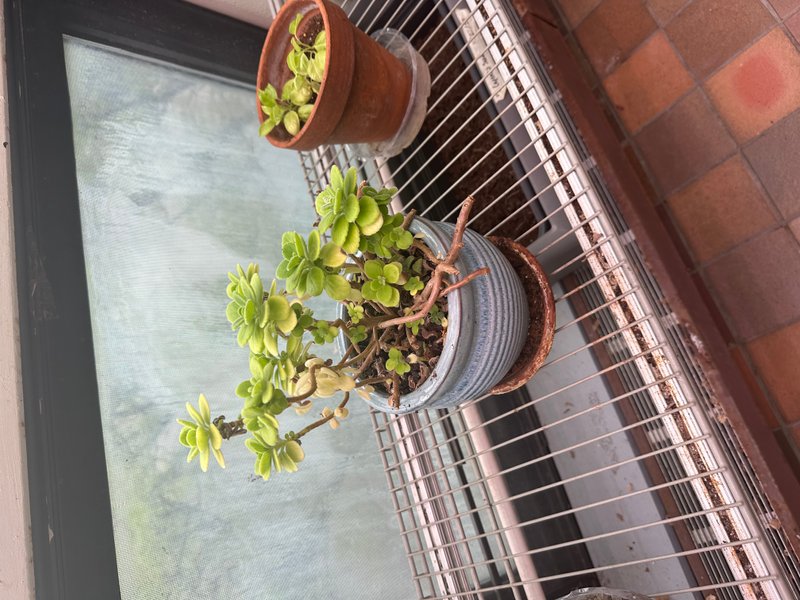Sublime
An inspiration engine for ideas
To cultivate is to humanise the wilderness and promote the life-enhancing aspects of the environment. You could say that it marks the very origins of culture. The word ‘culture’, after all, is derived from working the soil and the growing and tending of plants.
Sue Stuart-Smith • The Well Gardened Mind

they were also looking for agronomic characteristics important to a farmer: reduced seed shattering (so seed heads don’t break open and spill their grain before harvest), uniform time of maturity, ease of threshing, and large seed size.
Janine M. Benyus • Biomimicry
Compact and “Early” Cultivars
John Tullock • Grow Food at Home

Sumerians are thought to have first domesticated the wild seeds of eight neolithic founder crops – barley, lentil, pea, chickpea, bitter vetch, flax, emmer wheat, einkorn wheat
Rachel Roddy • An a-Z of Pasta
Cover crops are plants that are grown to be turned back into the soil for nutrients and organic matter. The two cover crops we use most often, vetch and bell beans, are planted in the fall and tilled under in the spring. These plants belong to the legume family and have a symbiotic relationship with bacteria that lives in the soil.
Pamela C. Ronald • Tomorrow's Table: Organic Farming, Genetics, and the Future of Food
Our Work — Beanstalk
beanstalkagtech.com
